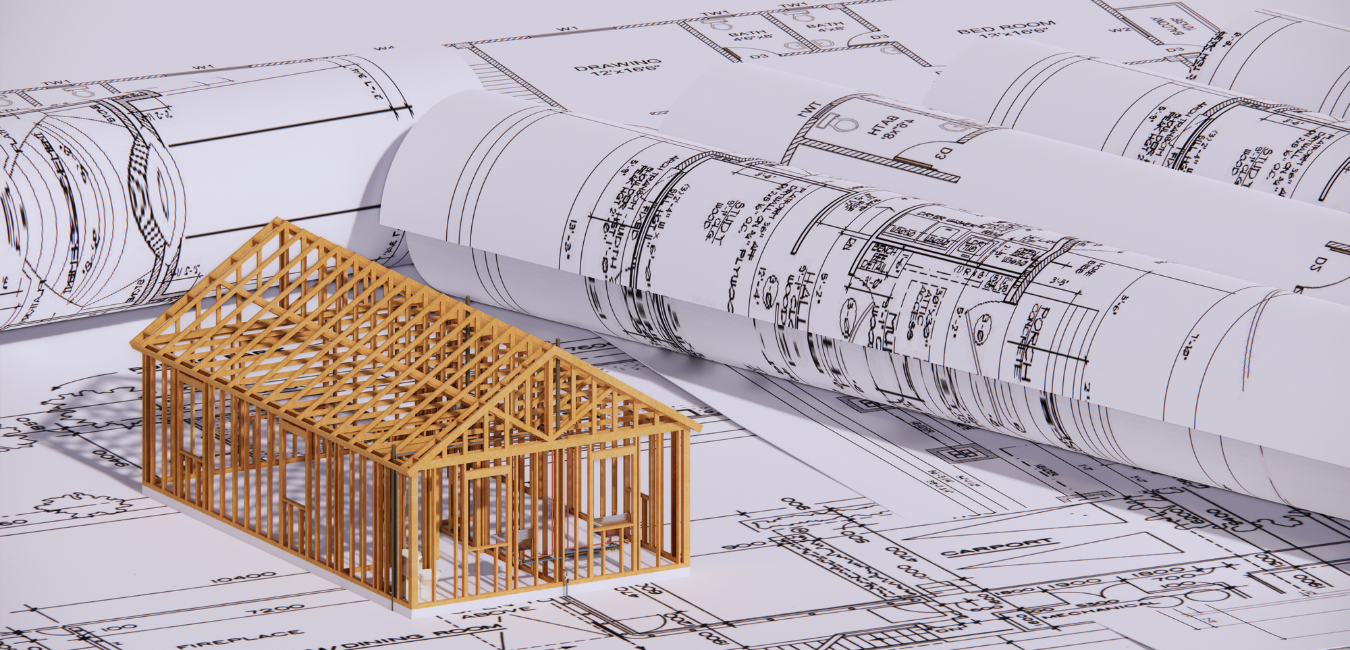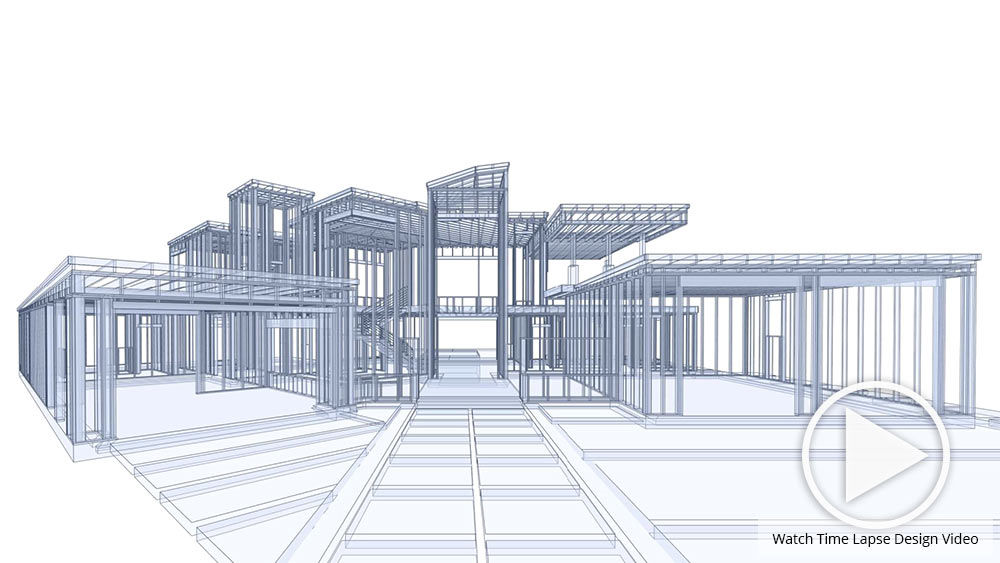How CDA Architects Deliver Cutting-Edge Solutions for Lasting Style
How CDA Architects Deliver Cutting-Edge Solutions for Lasting Style
Blog Article
An Extensive Introduction of Building Designs and Their Impact on Modern City Preparation and Growth
Building designs have actually long acted as a mirror to the social worths and technical improvements of their time, playing a crucial role in shaping modern city planning and development. From the grandeur of Neoclassicism to the practical strategy of Brutalism, each design has actually presented special ideas that influence metropolitan looks and performance. As modern difficulties occur, including sustainability and community demands, recognizing these historic frameworks becomes important. The resulting dialogue not just educates future style methods but additionally elevates essential concerns about the equilibrium in between heritage and advancement in our evolving city landscapes.
Historical Review of Architectural Designs

As societies transitioned via the Middle Ages, Gothic architecture arised, defined by its verticality and elaborate detailing, matching the spiritual ambitions of the age. The Renaissance marked a rebirth of classic ideals, combining art and design in ingenious manner ins which affected subsequent designs throughout Europe.

Today, building styles proceed to advance, driven by globalization and sustainability issues, mirroring a dynamic interplay in between heritage and technology. This historical introduction emphasizes the importance of design as a mirror of social evolution and as a catalyst for metropolitan growth.
Key Architectural Styles Explained
The diversity of architectural designs mirrors the myriad impacts that form our built environment, each symbolizing distinctive features and cultural relevances. Secret architectural designs include Classic, Gothic, Baroque, Innovation, and Postmodernism, each standing for one-of-a-kind historical contexts and aesthetic viewpoints.
Classic design, rooted in ancient Greece and Rome, highlights balance, percentage, and making use of columns (cda architects). On the other hand, Gothic style, prospering between Ages, is identified by sharp arcs, ribbed safes, and flying buttresses, developing an ethereal quality in cathedrals. Baroque architecture, arising in the 17th century, is noted by majesty, intricate embellishment, and a vibrant interaction of light and shadow
Modernism, which gained momentum in the very early 20th century, focuses on feature over type, using new products like steel and glass to develop minimal structures. Postmodernism, reacting versus the austerity of Innovation, accepts eclecticism and historical recommendation, frequently incorporating spirited components and irony.

Influence on Urban Planning
In forming the development of cities, architectural styles dramatically affect urban planning decisions. The choice of architectural style commonly determines the aesthetics, functionality, and overall character of metropolitan atmospheres.
Moreover, architectural styles can affect zoning guidelines and land utilize policies. Urban coordinators should think about the prevailing architectural trends when designing districts, making sure that brand-new advancements balance with existing structures. This consideration fosters natural city landscapes and boosts neighborhood identity.
The implementation of specific architectural designs can likewise influence socioeconomic elements within a city. For instance, high-end modern styles may attract wealthy citizens and services, resulting in gentrification, while much more cost effective housing services could focus on useful and sustainable layouts to fit diverse populaces. Eventually, the interaction between building styles and city planning develops dynamic cities that mirror both historical context and modern requirements, forming the lived experiences of their residents
Sustainability and Modern Style
Architectural designs play a critical duty in dealing with modern challenges, especially in the world of sustainability. As metropolitan locations expand and environmental problems heighten, modern-day architecture significantly embraces sustainable layout concepts that prioritize power performance, source preservation, and minimal environmental influence.
Contemporary building movements, such as biophilic style and green architecture, supporter for frameworks that harmonize with their surroundings, using all-natural products and promoting biodiversity. These styles commonly incorporate renewable resource resources, such as photovoltaic panels and wind generators, to decrease reliance on nonrenewable fuel sources and reduced carbon impacts.
Moreover, the integration of sophisticated innovations, such as clever structure systems, boosts energy management, optimizing resource usage while making sure passenger convenience. Cutting-edge water monitoring strategies, including rainwater harvesting and greywater recycling, further add to sustainable urban environments.
Especially, sustainability expands past ecological worries; it includes social and financial dimensions. By fostering community well-being and advertising inclusivity, modern-day building designs line up with sustainable development objectives. As a result, the advancement of building you can look here methods remains to shape resistant cities that not just satisfy the needs of today yet additionally secure the future for generations to come.
Neighborhood Engagement in Layout
Neighborhood engagement in layout functions as an important bridge between engineers and the populations they serve, making certain that the developed environment shows the needs and desires of its individuals. This collaborative procedure invites area members to add their insights and choices, promoting a feeling of ownership and responsibility towards the spaces they populate.
Effective neighborhood engagement utilizes various approaches, such as workshops, surveys, and public online forums, to collect diverse viewpoints. These approaches facilitate a two-way discussion, permitting engineers to recognize neighborhood contexts while equipping homeowners to voice their concerns and wishes. This inclusivity not just enhances the style top quality but additionally advertises social equity by dealing with the one-of-a-kind Discover More challenges dealt with by marginalized teams.
Moreover, area engagement can cause cutting-edge solutions that may not arise in a typical design process. By this contact form incorporating neighborhood knowledge and cultural values, designers can produce rooms that reverberate more deeply with users, improving functionality and sustainability. Inevitably, focusing on area engagement in design processes leads to atmospheres that support social communications, assistance health, and reinforce area connections, thereby playing a pivotal role in shaping contemporary metropolitan landscapes.
Final Thought
Building styles have actually exceptionally influenced modern city preparation and development, reflecting advancing cultural and technological contexts. As cities proceed to grow and adjust, the continuous dialogue in between architectural heritage and modern layout principles will certainly stay important in developing comprehensive, vibrant spaces that improve high quality of life and promote social equity.
Report this page